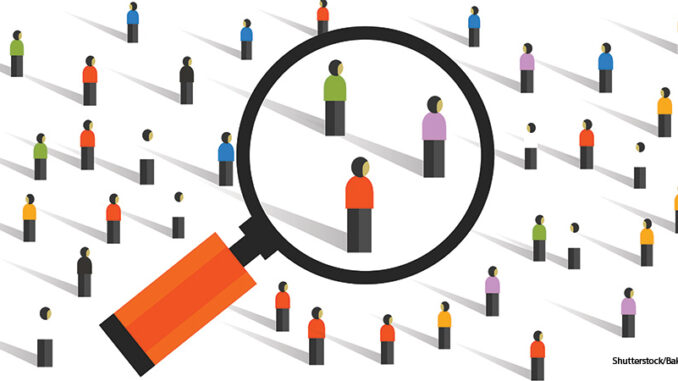
Women in the United States are having babies later than ever before. But according to a new study, the age at which they give birth varies widely based on geographic location and level of education. Here, btw takes a look at the findings and explores how maternal age can affect a family’s future.
A Maternal Divide
In general, the place a woman calls home is a huge factor in determining when she will become pregnant. In big metropolitan areas such as New York City and San Francisco, maternal age is about 31 to 32. But in rural areas, such as certain counties in South Dakota and Texas, it’s a full decade earlier: 20 to 21. Why? It’s complicated. Women in metropolitan areas often have more access to job opportunities and are encouraged to focus on their careers. They also have access to procedures and medicine that allow them to choose when they children. Women in rural areas, however, often don’t have access to these same opportunities. Moreover, lower access to family planning and medical clinics in rural areas means that these women often give birth much sooner in their lives than women in the cities do.
An even stronger factor that determines maternal age is a woman’s level of education. On average, women with college degrees have children seven years later than women who don’t have one. Again, job opportunities are a factor here. Lots of statistical data shows that women with college degrees will often postpone pregnancy while they build their careers. For women without higher degrees and with decreased job choices, motherhood can become a more desirable alternative.
And there are several other social factors that may also play a role in such a complex and individual decision. In general, older mothers are more politically liberal. They may also have less traditional ideas about gender roles and may share breadwinning and childcare responsibilities. Women who have children young tend also to be more conservative and to believe in traditional gender roles. They are also often more religious and hold more conservative views regarding pregnancy.
What’s the Impact?
Whether a woman chooses to start a family early or to wait until she’s older, there are advantages and disadvantages to consider. Women who give birth when they are young often have more energy to take care of their children. Usually, their own parents are younger as well and still live close by, so grandparents play an active role in their grandchildren’s lives. However, younger women have an increased chance to experience divorce. Younger women may also be more likely to be single when they give birth. And because of their young and diminished work experience, they may have an economic disadvantage. That can mean they face greater challenges in providing for their children with as many opportunities, such as an expensive education, lessons, camps, or travel.
Women who wait until they are older to start a family often have much greater economic security. They have been earning money in their careers for a while, so they can provide expensive classes, vacations, and college funds for their children. They also are more likely to be married when they give birth, and to stay married. On the other hand, however, they sometimes have smaller families than they planned because fertility difficulties increase with maternal age. Their own parents live far away, or are older with health problems, increasing the burden on mothers who must care for both their aging parents and their own children.
Regardless of what age women choose to begin their families, experts agree that a key factor in ensuring children’s future well-being is to provide widespread access to affordable childcare and education.
Related Link: To see several interactive graphs on this data, visit the New York Times online Web site that inspired this story. You can click here for the article and to see the graphic data.
